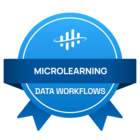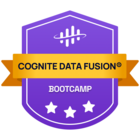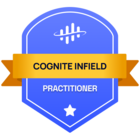Hello,
I am quite new on usinf RestAPI. My company has the license to use CDF. I also inderstood that Cognite has developed dotNet RestApi SDK.
I searched a bit but I could not find an example of how we can use this SDK for data retrieval especially for time-series data. How could I get a snippet of code showing an example how to use this?
Thanks.


 Check the
documentation
Check the
documentation Ask the
Community
Ask the
Community Take a look
at
Academy
Take a look
at
Academy Cognite
Status
Page
Cognite
Status
Page Contact
Cognite Support
Contact
Cognite Support






